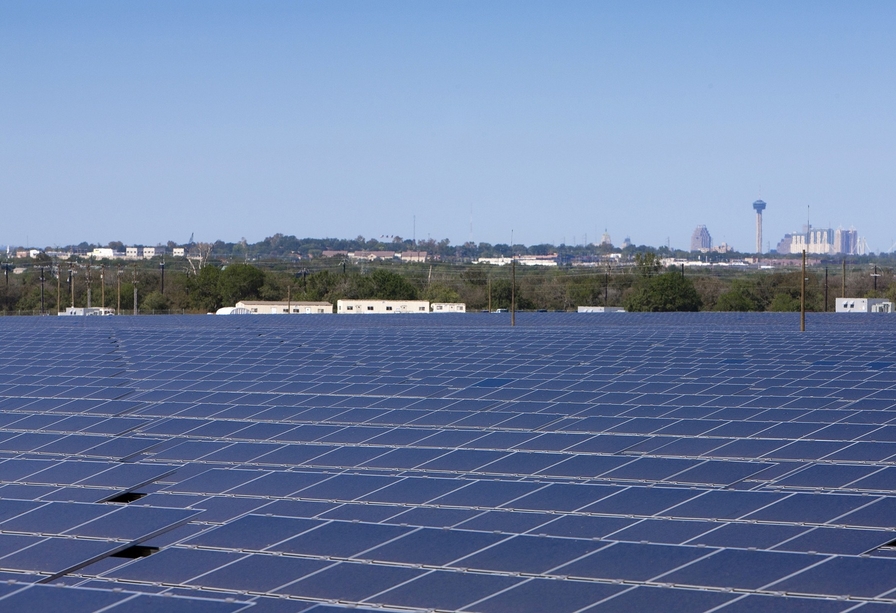A major milestone is a cause for much celebration in the United States; one million solar installations nationwide after 40 years. The one millionth installation mark was reached when workers put down solar panels on May 3, 2016, in Washington, DC.
This achievement is the result of the work of over 200,000 Americans working in the solar industry and on developments, which have secured a cut in the cost per watt by two-thirds within the last 20 years. The next target will be to mark another million installations by end 2018.
Solar has been slow on the uptake within low- and moderate-income neighbourhoods, despite the abundance of clean energy. Families with an annual income of $40,000 or less, who make up 40 percent of the population, account for less than 5 percent of rooftop solar installations.
Many households may be less likely to adopt rooftop solar because nearly half of Americans do not own their roof, may be challenged due to location and do not have the financial means. The question then arises, how to enable all Americans to qualify or be dependent on clean energy?
The solution may be community solar, as it would greatly expand access to solar and enable people to purchase locally sourced solar energy, without the need to install equipment.
A community solar would be based locally, with good sun exposure and access to the power grid. Bills would be independently paid by residents and renters and benefits would include local job creation, in addition to strengthening community resilience.
According to the National Renewable Energy Laboratory (NREL), solar is on its way to becoming the single largest source of distributed renewable energy in America, with the potential to power over five million homes.
While community solar presents numerous benefits to communities, the same barriers remain as with rooftop solar; including high credit score requirements, costs upfront and entering into long-term contracts. Residents without good credit or cash would again be left out.
At present, low-income households are paying a greater percentage of their income to keep electricity running, despite falling energy prices and affordability of clean energy options. The lowest-earning 20 percent of Americans are paying nearly 10 percent or more of their overall income on electricity.
Households with most high-energy burdens are based in the South, and half of those struggling with high bills are African-American. Nearly ten percent of households living in poverty are paying a minimum of $200 per month for electricity, double the average household power bills.
Good policy and market-focused innovation are the offered solutions in ensuring equal access for all. Currently eleven states have community solar legislation in place, a good model for others to follow.
The next target of a further million installations across the United States presents an opportunity to expand access to affordable solar energy. It does not only increase the number of subscribers or megawatts for solar companies but confirms that solar and low-cost energy should be rightfully accessible to all and shift low-income families from dependency on dirty fuels.
